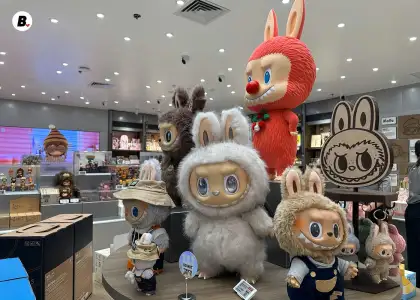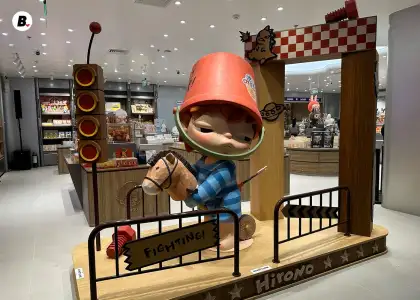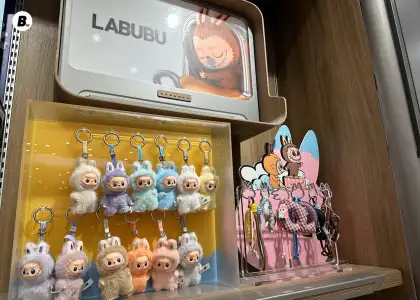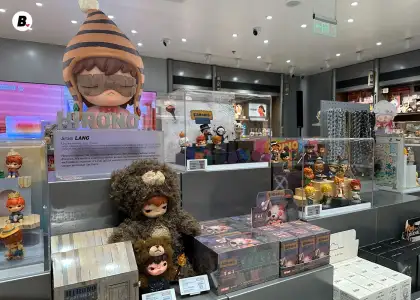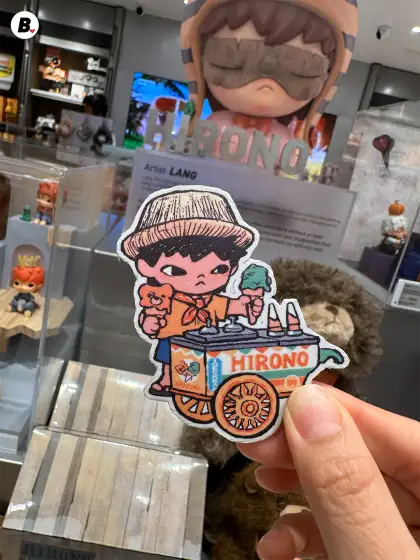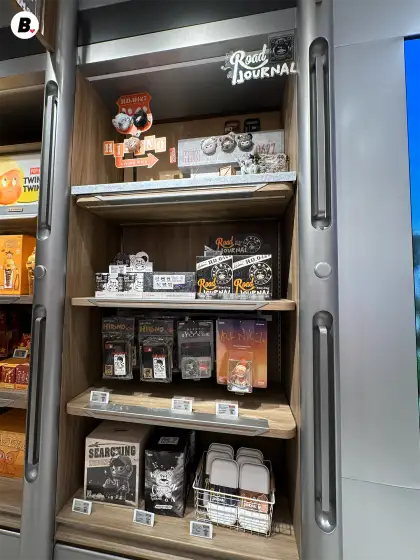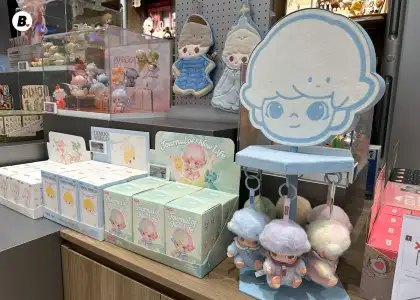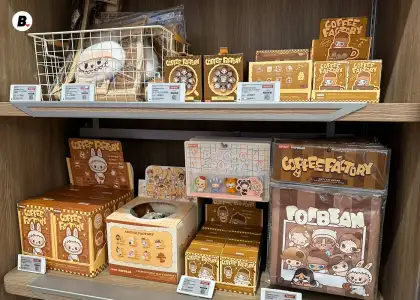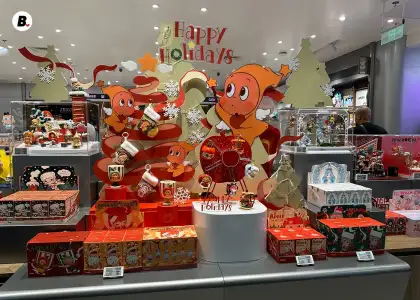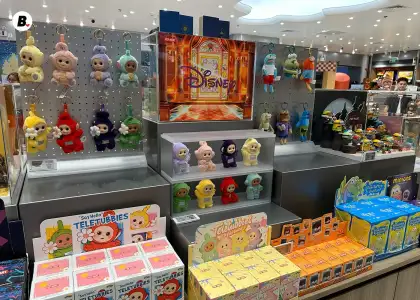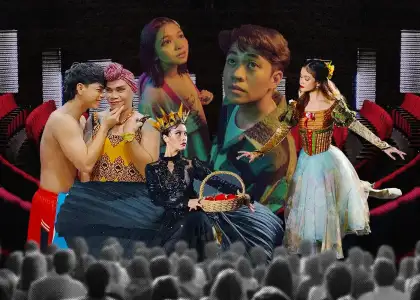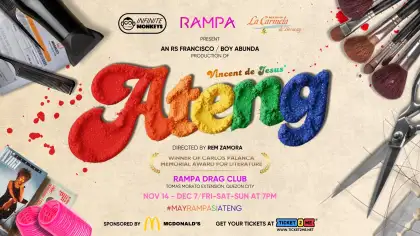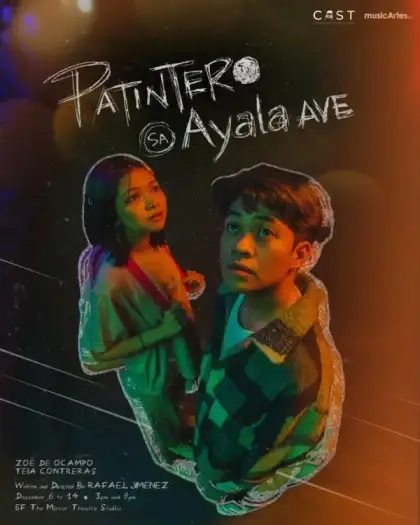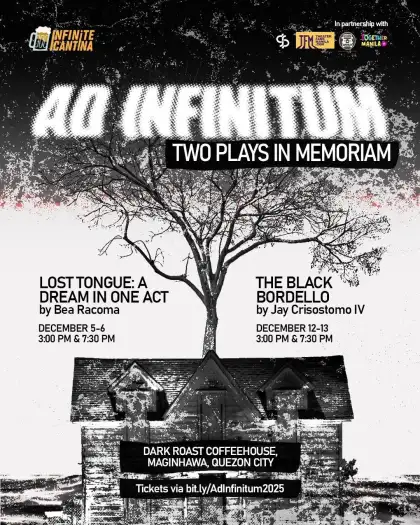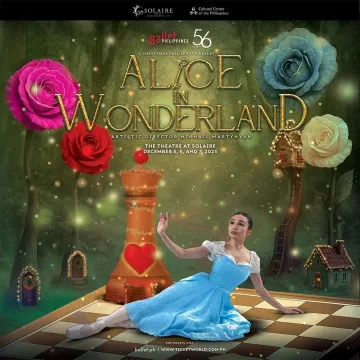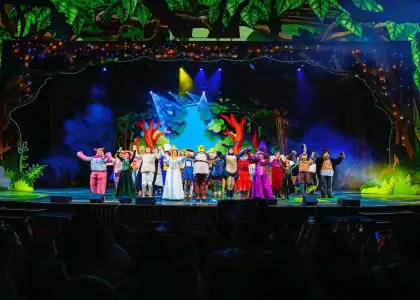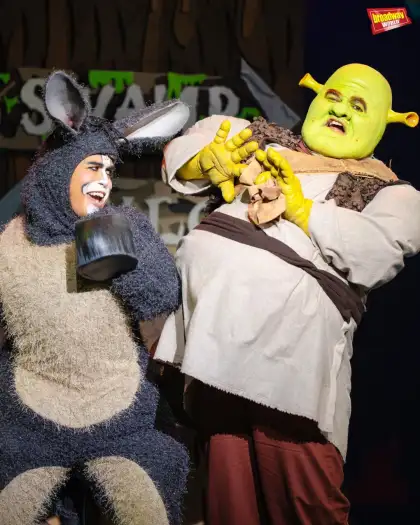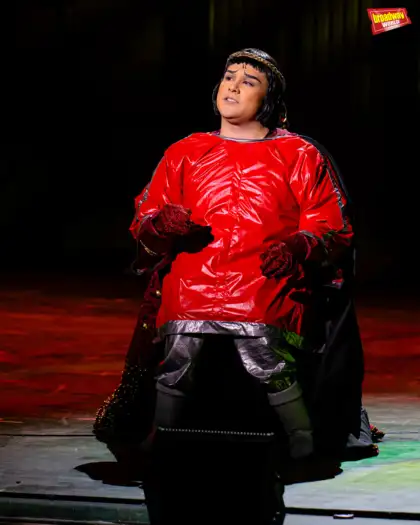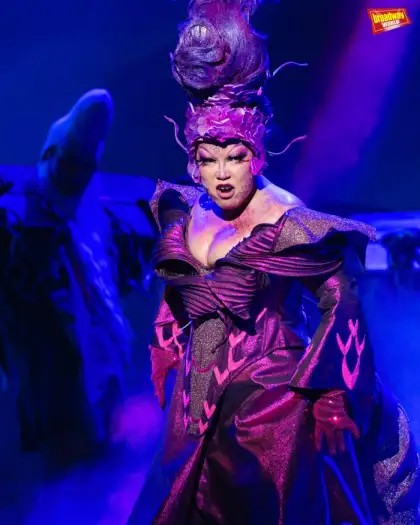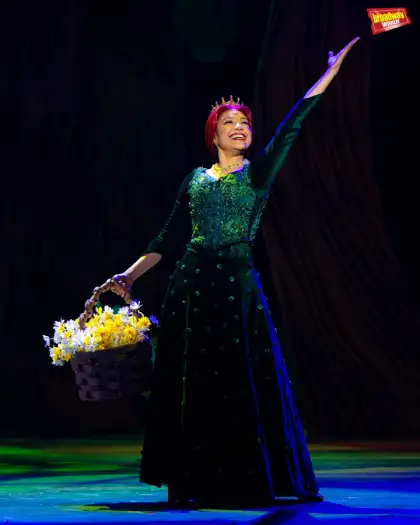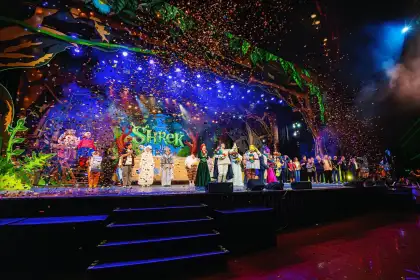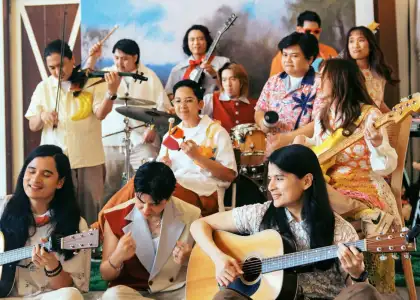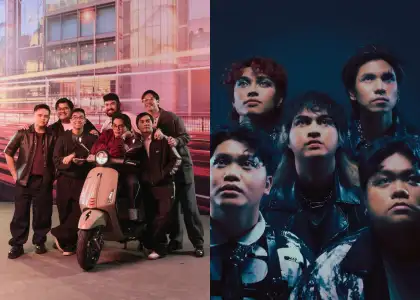The Beat Manila’s Up-and-Coming Artist: Rising Pinoy Band HEY JUNE!

The Beat Manila’s Up and Coming is a series where we feature rising talented artists from the Philippines, giving them a platform to share what they’re passionate about and promote the music they (and us too!) would love for the world to hear. Do you want or know someone who wants to be featured? Email us at mnl.editorial@thebeat.asia or slide through our DMs on Facebook or Instagram!
People say everything happens for a reason — and this band is a perfect manifestation of this saying. Fate, like a skilled conductor, orchestrated the meeting of these diverse talents, creating a unique ensemble that has tremendous potential to shake up the music scene.
Composed of individuals who, at their young ages, began to explore music in their own separate ways, HEY JUNE! is a rising Filipino band formed in 2021 amid the pandemic. The three came together to share their passion with the world and become representatives of the youth. Now, they are making big waves in the music scene by making tunes that aim to break boundaries while doing what they love.
Fresh off their debut album launch and breakthrough win at the 36th Awit Awards, HEY JUNE! spoke to The Beat Asia and spilled the beans on their music, influences, and dream collaborations, among others.
Hello, HEY JUNE! Could you give us a brief introduction about the band?
We are a band formed during the pandemic, so [we’re] relatively new. We are passionate about music. We express our youth and make music that we love, not thinking about “boxes.”
What's the story behind your band's name?
We surveyed our team and some artist friends about some names we listed that feel would suit us and “HEY JUNE!” resonated with us the most. We also thought it was the catchiest.
How did the three of you get into music and come together to form a team?
We individually had our music paths, playing in our own rooms or our schools and in small gigs in our home areas like cafes and food parks.
We were introduced to music mainly through our family and parents’ influences. Chloe made guitar covers and is neighbors with Herbert Hernandez of Moonstar88 and 6cyclemind and was referred to our manager. Jim was starting out with a solo career before and was invited to join the band. Aci was a drum music student at Velvet Playground and loved watching Soupstar bands in Manila even if he is actually based in Romblon. We were at the right time and place when Soupstar Music was working on a special project.
However, when they saw our chemistry both artistically and personally, Soupstar eventually decided to take a different direction, and here we are. We did lock-ins in the studio for rehearsals and jamming due to COVID-19 restrictions.
Congratulations on winning the ‘People's Voice Breakthrough Artist Award’ at the 36th Awit Awards! What can you say about this recognition?
Winning the “People's Voice Breakthrough Artist Award” at the 36th Awit Awards is an incredible honor. It’s our first award and we are very thankful for the recognition and support from the people who love and appreciate our art. We are a young band, and we take this award with humble hearts. This serves as a motivation for us to continue creating music that we enjoy, express, and represent us as the youth in this journey. We offer this award also to the people who also make up the group, our management, Soupstar Music, for believing in us and in our art, and to our label, Island Records Philippines, for supporting our passion.
What do you guys enjoy the most about being musicians?
We enjoy the connection between the listeners and us artists during live gigs. The thing about being a musician is that we never stop learning and growing, so whenever we have a chance to watch some other artists, we grab the opportunity in order to observe and learn.
Let's talk about your latest song, ‘Biglang Taob.’ What is it about? Are there any behind-the-scenes stories from the song that you would like to tell your listeners?
The message of the song is focused heavily on the feeling of unexpected highs and lows of life, and this is normal. It’s a message to those that are going through tough times that it’s part of life. We hope tomorrow shines brighter for you.
What is your latest album, ‘Curiosity Killed the Cat,’ all about?
The name came from the opening track of the album. It talks about the present state of the modern world we live in, about the digital and human advancements: in a way, it can be beautiful but at the same time scary, and that there’s a need to be vigilant.
Overall, the album is an introduction to the sound of the band: a collection of songs that tackles life and relationships. Our carrier single, “Asan Ang Gana Ko,” talks about how we get tired and unmotivated at times and just want to lay down. It tells you that you can rest and get back up because life goes on and so should we. The album also features singles such as "Sino Mali,” "Orasan,” "Lasik,” and "Biglang Taob.” The album also has three other tracks namely "Katulad,” "Back to You,” and "Curiosity Killed the Cat.”
If there’s one thing you want your fans or listeners to remember about you, what do you think it would be?
For us, we want our fans to remember us as passionate musicians; we want them to feel that we are happy putting out music and performing live for them. We want them to fall in love with the band and with our music [to the point] that [it] will make them want to go to our gigs, stream our songs, and even share us with their friends and families.
If you were given the chance to collaborate with or open for another artist, who would it be and why?
We would love it if our first collaboration [were] with Gracenote because Ate Eunice is our producer, and our band is very close with them. It would be great to create music with people who share the same passion as you and are on the same wavelength as well. We would also love to collaborate with our inspirations such as Eraserheads and other great artists in the field if given the chance.
What's next for HEY JUNE? Any new projects, shows, or music that we should watch out for?
We post our gigs regularly on our social media so you can stay tuned for more updates on @heyjunemusic on all social media platforms, but here’s a list so far of our upcoming gigs! We hope to see you!
- Dec. 13 - The 70's Bistro
- Dec. 14 - Vibin' Holidays at Eton Centris
- Dec. 30 - Riverbanks Year End Concert
This interview has been edited for length and clarity. To know more about HEY JUNE!, follow them on Instagram, X (formerly Twitter), or Facebook. You can also stream their music on YouTube and Spotify.
Get the latest curated content with The Beat Asia's newsletters. Sign up now for a weekly dose of the best stories, events, and deals delivered straight to your inbox. Don't miss out! Click here to subscribe.









